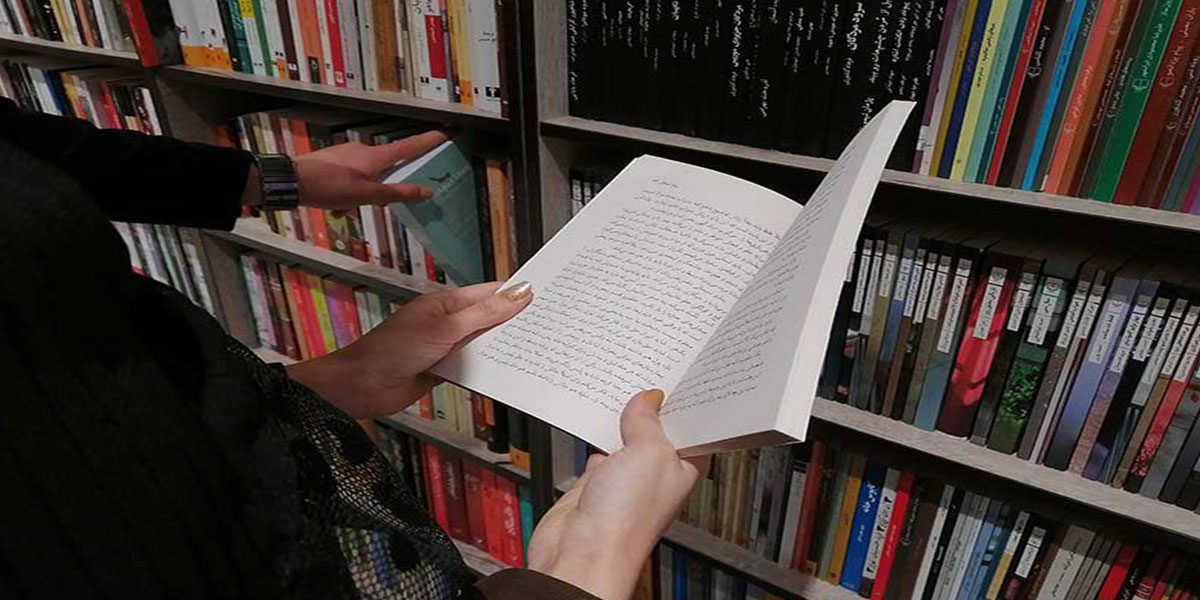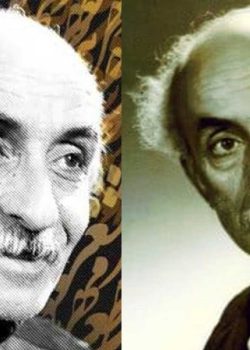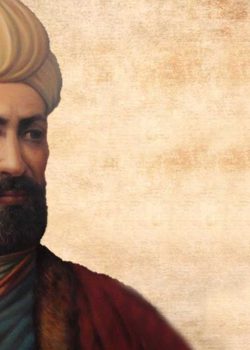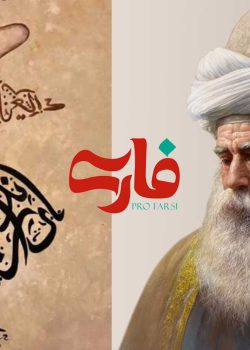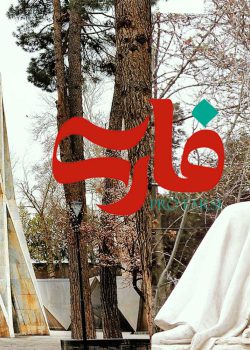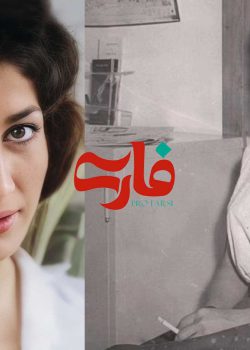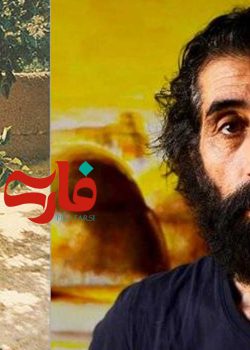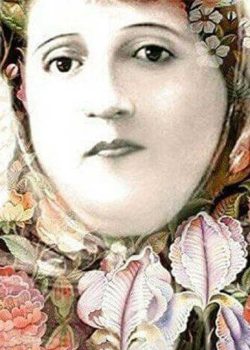The world of Persian Literature is blessed with excellent writers who have brightened the contemporary era with their most amazing novels. Unfortunately, many outstanding Persian novels remain unrecognized for various social and political reasons. However, there are still remarkable works that can never be ignored. The following article introduces the most famous Iranian novels you don’t want to miss!
Iranian Novels
We all know that novels have magical powers as they take us from where we are and to places we never thought existed. They allow us to experience countless lives and understand people more profoundly. As we sympathize with characters, we learn empathy and how to be vulnerable. Nothing else holds that power. Furthermore, novels tell us a lot about the society and the collective identity of the community the writers come from, which means they might tell you more about the history and society of a country than a hundred history books. Persian novels are no exception here. They portray the hardships, joys, fears, struggles, and livelihoods of the people through the wise spectacles of their writers. The following article introduces the best and most famous Iranian novels of contemporary literature. Continue reading to learn about these outstanding novels.
The Blind Owl
The blind owl is a novel by Sadegh Hedayat, one of the most remarkable Persian writers. Literary masterpieces such as this novel have always been considered significant contemporary works of literature. The story is about a young painter who always draws one single woman in black sitting under a tree, only to realize the depth of his despair eventually. His severe melancholy was caused by the loss of a mysterious lover. Little by little, the young man drifts into frenzy and madness. Hedayat’s bleak vision, use of symbolism, terrifying surrealistic imagery, and deep metaphors portray a haunting tale of loss and spiritual degradation. This masterpiece is often compared to the work of Edgar Allen Poe.
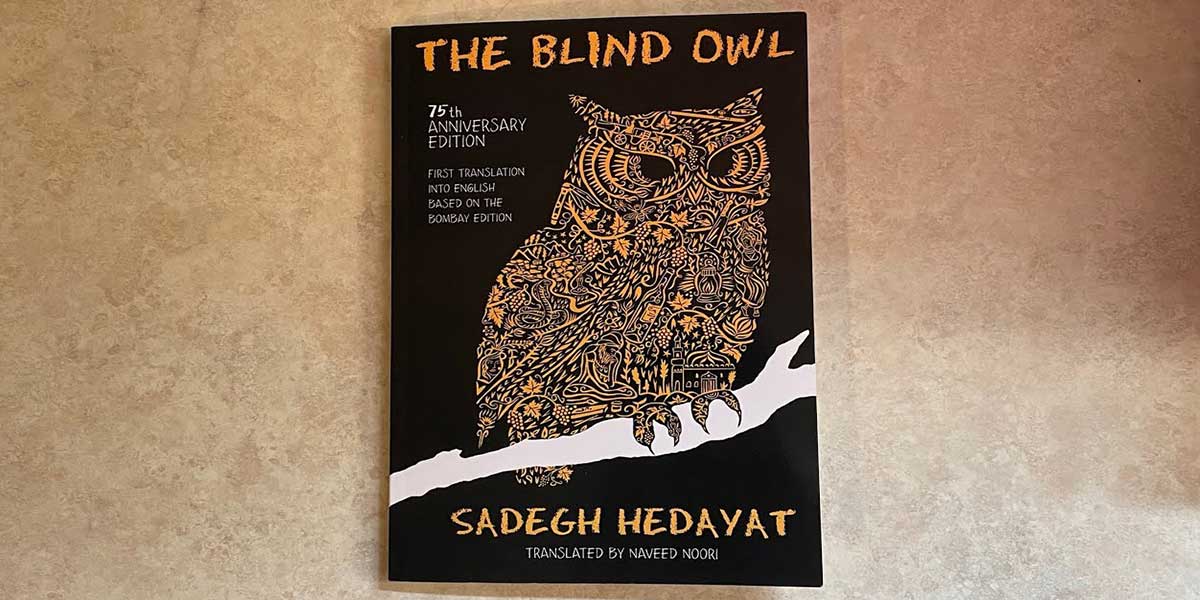
The Colonel
The Colonel, written by Mahmoud Dowlatabadi, is the winner of the 2013 Jan Michalski Prize, was longlisted for the Man Asian Literary Prize, and was shortlisted for the Haus der Kulturen Berlin International Literary Award (2009). This novel’s theme centers around nation, history, and family. Dowlatabadi spent ten years writing to come up with this fearless novel, telling the story of tortured people forced to live under successive oppressive regimes.
The story opens with two policemen summoning the Colonel on a rainy night to collect the tortured body of his daughter, a victim of the Islamic revolution. There it starts his struggles with the death of his innocent child. He gets submerged with guilt and anger over the condition of his country. The state of his family represents the dire conditions of the country at that time: one son was lost during the 1979 revolution, another son was driven to madness after being tortured during the Pahlavi’s regime, the third son was killed in the war against Iraq, one daughter was murdered under torture, and another daughter forced to marry a cruel opportunist. Due to the story’s subject, the book is banned from publication and distribution in Iran.
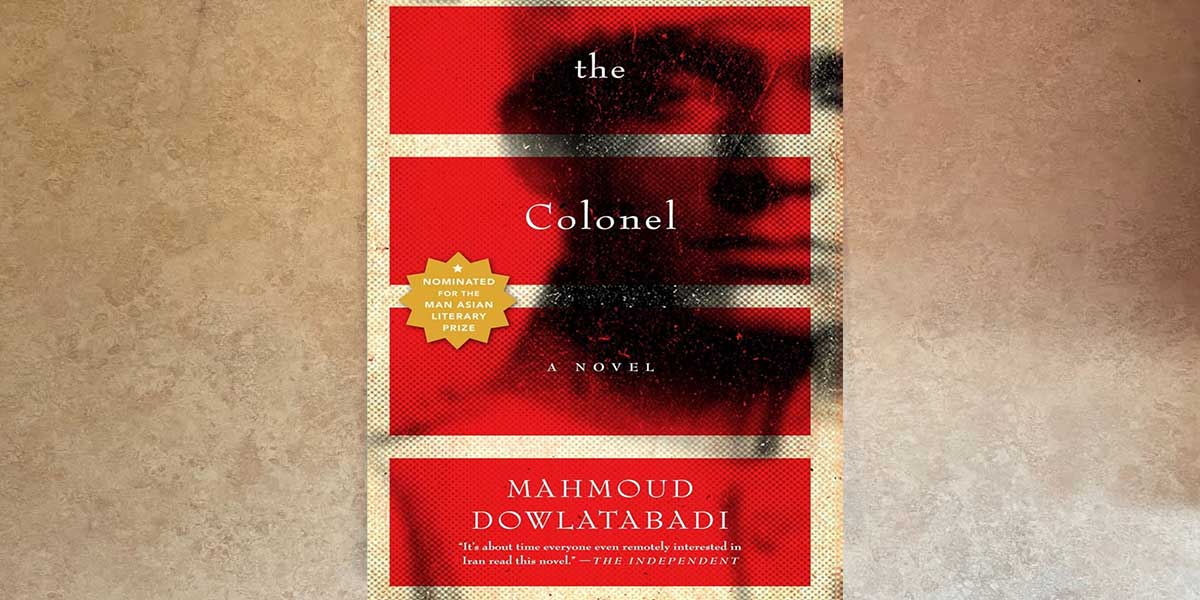
Missing Soluch
Missing Soluch is also written by Mahmoud Dowlatabadi, and it is a reflection of the old and traditional lifestyle in a village nobody knows exists. The story takes place in the eastern part of Iran, in Khorasan province. The novel tells a tragic and dark tale of a family whose father, Soluch, goes missing, and everyone is to know what happened to him. As soon as he disappears, misery arrives in their household, and everything takes an ugly turn. The story is so well-written that it makes you feel like you are an active participant in the plot. The suspense is real and extremely captivating, which is why this novel is so outstanding.
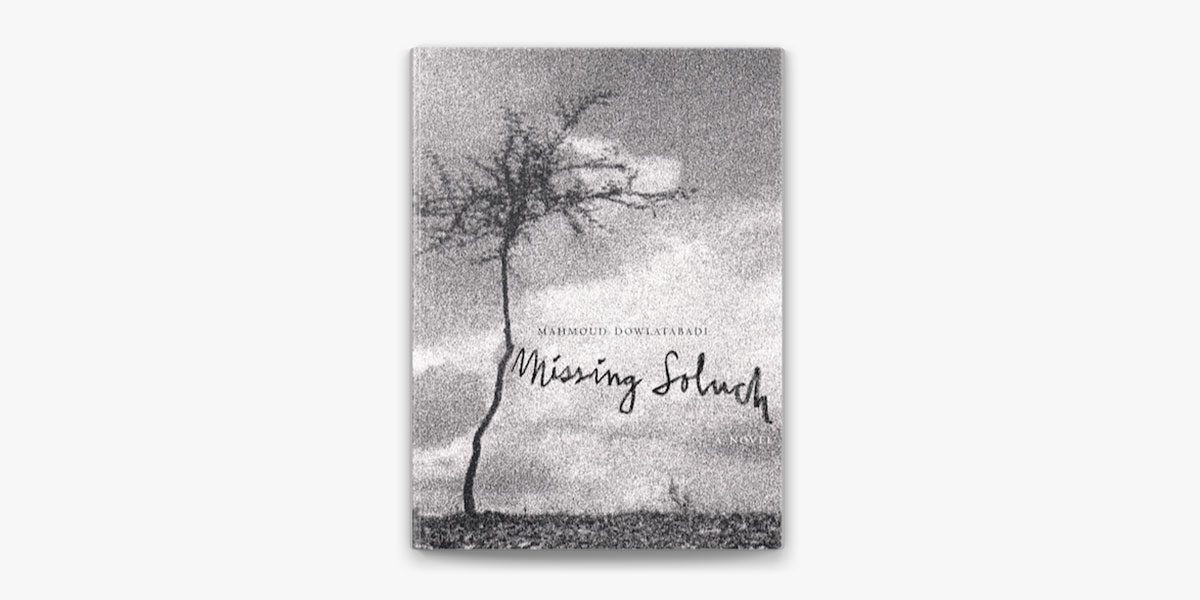
Symphony of the Dead
This novel, written by Abbas Maroufi, is considered one of the best Persian novels. The story is about the Urkhani family living in Ardabil in the aftermath of World War II. In this family, there are Jaber, a successful merchant, his wife, and their four children: Aida and Aidin (twins), Urhan, and Yousef. Due to a certain incident, the background of these characters is revealed. The shift in the tone, time, and place happens four times in the course of the plot, resembling a symphony. The Novel is called Symphony of the Dead for a reason. The Urkhani family is the state of living dead. They might be breathing, but they are hollow inside. It is as if they have been dead for a very long time and Maroufi has done a marvelous job portraying it.
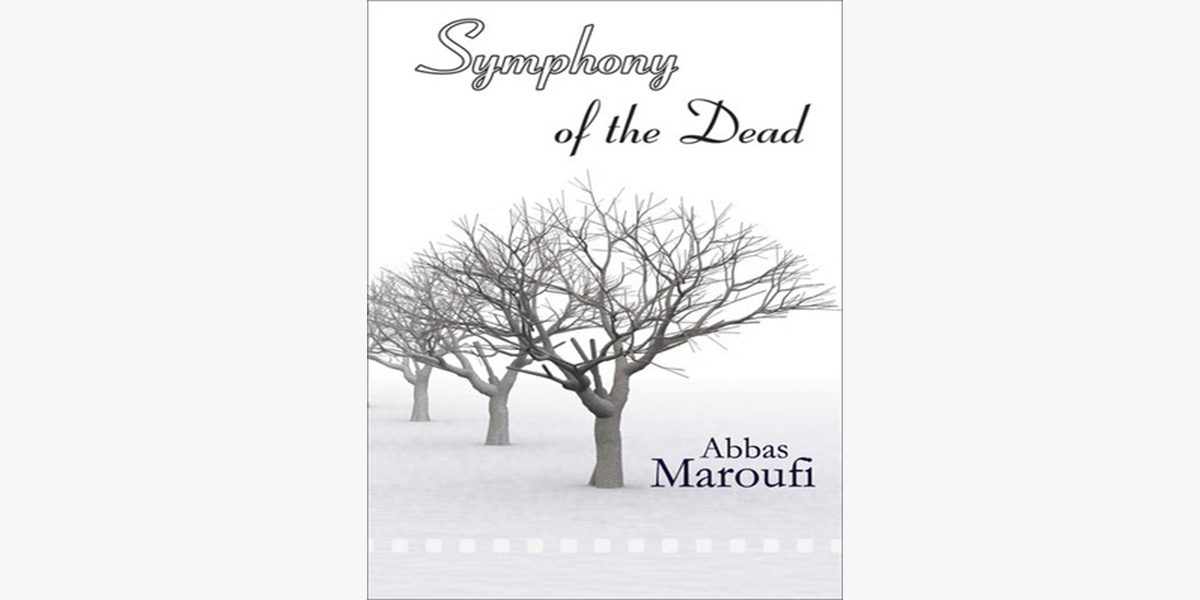
Her Eyes
The novel Her Eyes truly has a simple story, but still, it is considered a masterpiece in its own right. Bozorg Alavi, known for his political activism during Reza Shah Pahlavi’s Reign, is the writer of this love story. The story is about a great painter, Ostad Makan, and one of his most famous paintings, a mesmerizing painting of a pair of female eyes. The identity of this woman is unknown, but due to a series of circumstances, the woman in the painting shows up at the gallery and reveals her tale. Behind the simple plotline, there are a lot of political statements. The love story is compelling and stays with you for a very long time.
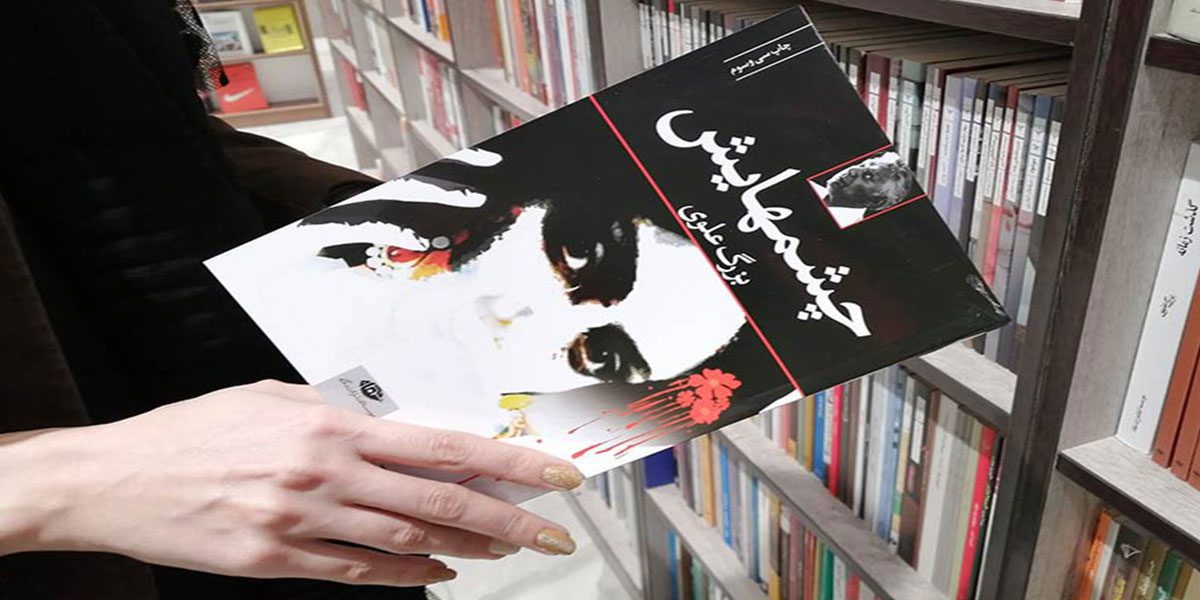
Suvashun
Suvashun is the very first contemporary novel written by a female writer. Simin Daneshvar is considered a remarkable figure among novelists, and Suvashun is known to be her masterpiece. This novel tells the story of a Persian family living in Shiraz during World War II. Zari, a young wife and a mother, is the narrator of this story. The plot seems simple at first encounter, but the more you read, the more you get entangled in Zari’s world. On the one hand, she tries to understand and support her idealistic husband, who always tries his best to do the right things. On the other hand, her profound desire is to have a peaceful traditional life. Amidst her struggles, she also feels a need to find an individual identity.
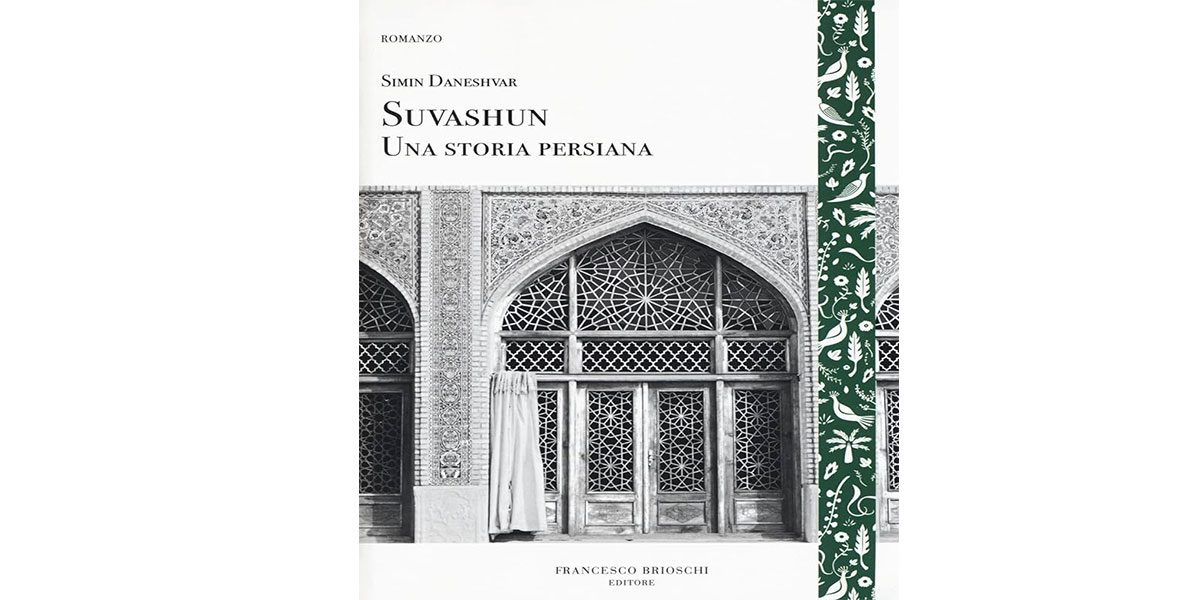
I Will Turn off the Lights
Zoya Pirzad, an Iranian-Armenian writer from Abadan, wrote the novel I Will Turn Off the Lights. Although it is her first published novel, it is considered her best work. This novel has been translated into different languages and won the Best Novel of the Year award in 2002. The story is about Clarice Ayvazian, an Armenian wife living with her husband and children in Abadan. She is happy with her life and how things turned out for her until, one day, an Armenian family moves across the street. Eventually, she starts to sense a change in herself and her feelings. Although this story contains details of everyday routine life, there is suspense in the plot, which makes it interesting. Plus, the characterization is unique and artistic.
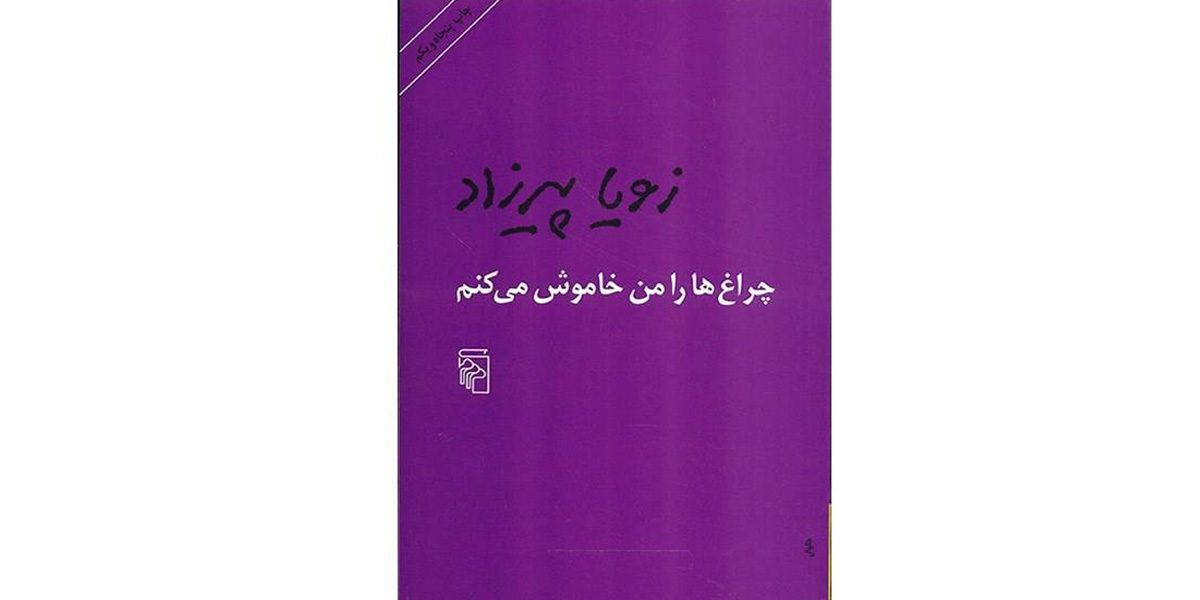
Bone of a Pig, Hands of a Leaper
This outstanding novel was written by Mostafa Mastur, and it is considered one of the most captivating plots in contemporary literature. The story is about the people who live in an apartment in Tehran. As you read on the story, you get to look at life from the characters’ point of view and learn to sympathize with them. The plot is so engaging that you can’t really put the book down once you’ve started reading. The theme of the plot circles around the complexities of life in contemporary Iranian society. Bone of a Pig, Hands of a Leaper is an outstanding literary work praised by many experts in Iran and has been republished several times after its first publication.

The Cow
The profound story of The Cow has a lasting effect on its readers with its unique and captivating plot. Written by Gholam Hossein Saedi, The Cow is undoubtedly one of the essential works of contemporary literature. The story is about a villager who deeply loves his cow. While he is visiting the capital, his cow suddenly dies. Now, afraid of his reaction, the villagers are scared to break the news to him. In 1969, Dariush Mehrjui made a groundbreaking movie about this story.
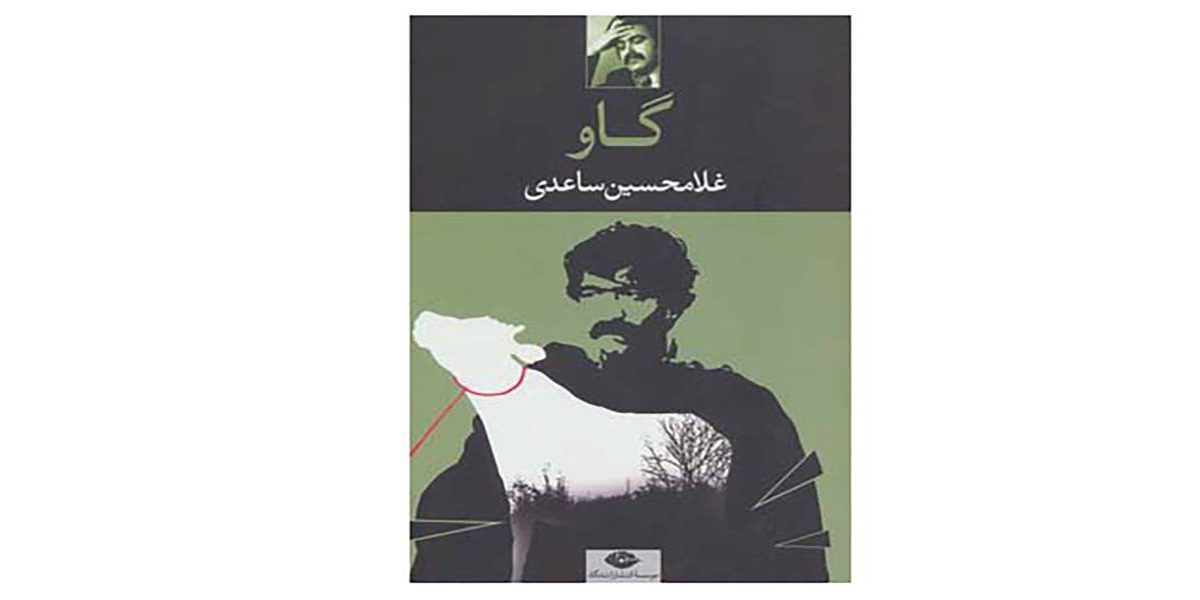
20 Mortal Wounds
Written by Muhammad Hesseininezad, 20 Mortal Wounds has gained outspread popularity, especially after the release of its TV series. This novel tells a haunting story of economic struggles, greed, man’s folly, and financial corruption. These themes occur in a battle for economic gain amidst financial corruption. The characters are all for their own benefit and, as a result, end up outdoing one another. This eventually leads them to commit vengeful actions to one another. The characterization in this novel is awe-inspiring, and the plot makes you wonder about the world and humanity.
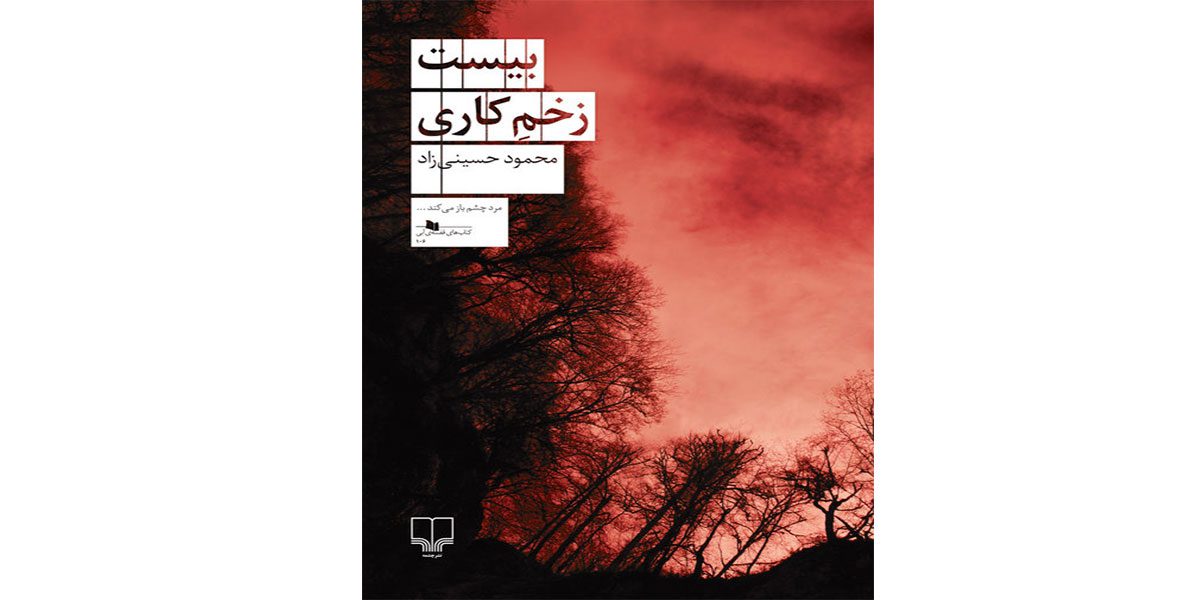
Learn more about Persian Literature with ProFarsi
Persian literature has a lot of unknown corners that are waiting to be discovered. It is an exhilarating ride that you don’t want to miss. To read more about this outstanding world, you can simply check out other blogs on the ProFarsi website and find more related articles. Furthermore, you can also read about different topics related to Iran and Persian culture. Online courses are also available where you can learn how to speak Persian like a native. Visit ProFarsi to discover more!
Related Posts

